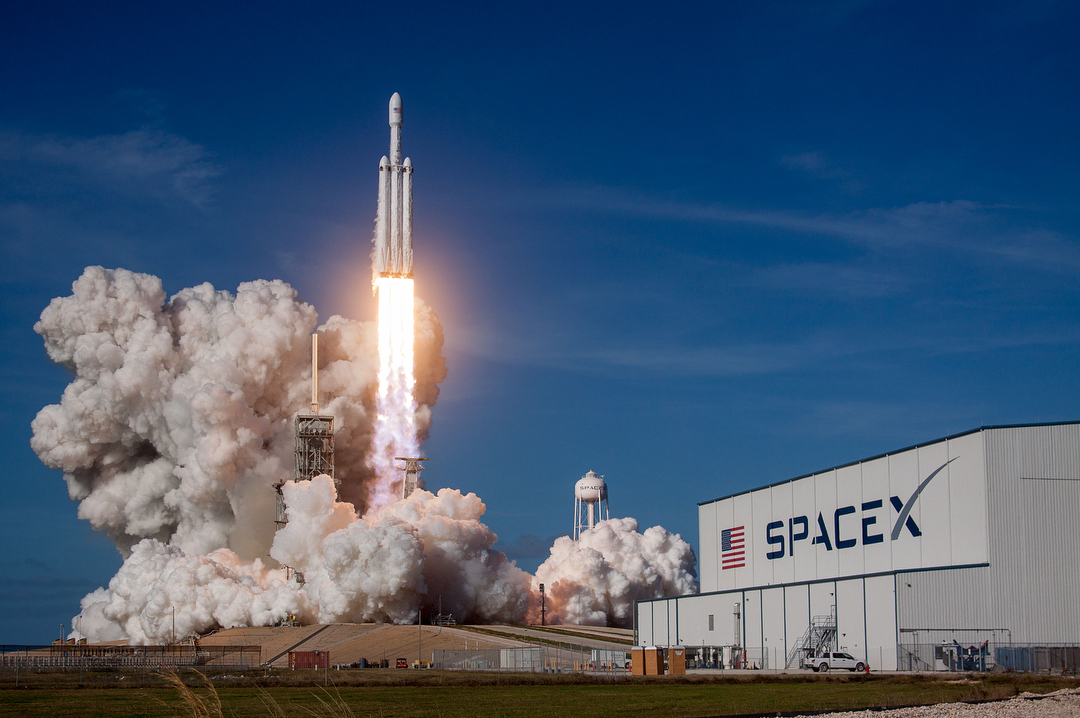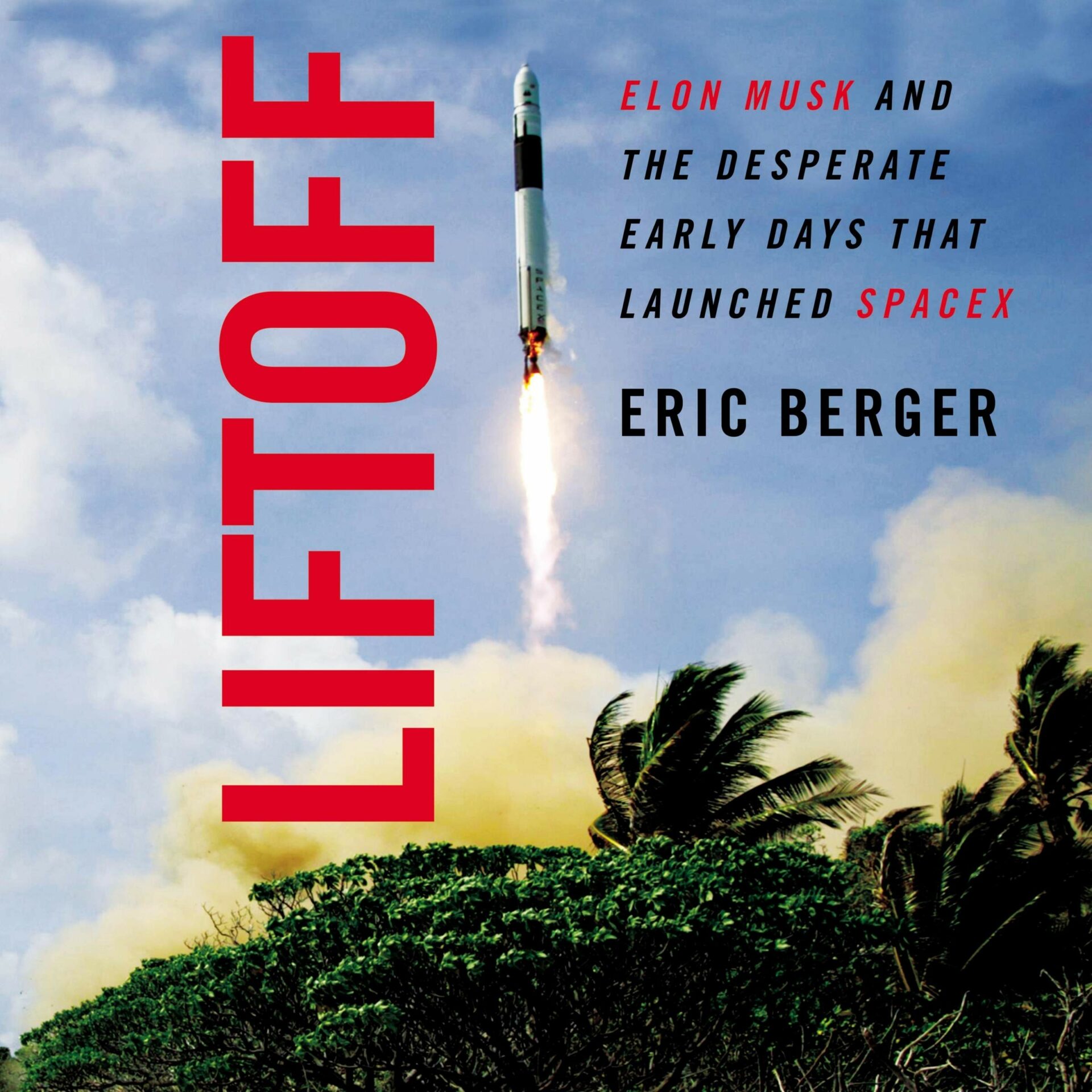A few days ago, a corporate letter written by Elon Musk to SpaceX employees appeared online. In it, he warned them of the risk of potential bankruptcy if the company fails to solve the problem of mass production of Raptor engines, which are planned to be installed on the Super Heavy accelerator and the new Starship spacecraft.

But let’s be honest. Currently, SpaceX cannot complain of the lack of customers. The company has won many contracts and is second only to China in the number of launches per year. By and large, it could safely and profitably continue to use the long-established Falcon 9, which does not need improvement.
Another thing is that Elon Musk is not the kind of person who will be content with what he has. His next big goal is the Starlink project. And no matter how grandiose this idea may seem, it is in no way comparable to his ultimate goal of conquering Mars. So, if the company is destined to fall from Olympus, it will happen only because of the burden of excessive ambition.
However, many people forget that once SpaceX really was on the verge of collapse. 2008 was a decisive year in its history, because then everything literally depended on the success of a single launch. Success would give the company hope for survival. Failure would mean that it is destined to enter the textbooks as another aerospace startup that failed to take off.
Exactly these dramatic events are described in the book Elon Musk and the Desperate Early Days That Launched SpaceX, published this spring. It was written by Eric Berger, editor of Ars Technica. While working on the book the author talked to many former and current employees of SpaceX, who stood at its roots. As a result, Berger compiled a very rich and dynamic story about how the company, whose initial staff consisted of three people, managed to survive and become a force that changed the whole industry.

As befits a good story, it all starts with meeting the main characters — people who believed in Mask’s vision and accepted his offer to work at SpaceX, although literally every sign around hinted that the chances of success are slim. Many people now have long forgotten about it, but SpaceX was not the first private company to try to conquer space on its own. But all its predecessors were bitterly disappointed. As an example, there is only one fact: to test its engines, SpaceX chose the McGregor test site in Texas, which previously belonged to another private space company Beal Aerospace. It has made very good progress in the development of rocket engines, but as a result has not been able to cope with difficulties and went bankrupt.
It is worth noting that working for Musk has never been an easy walk. Normal working hours, weekends, holidays — all that is not about SpaceX at all. Employees of the company had to dedicate themselves to work completely and literally toil to burn out, forgetting about the existence of personal life and family, spending weeks at work. This is partly due to the fact that Elon Musk financed the project at his own expense — and he was not a billionaire in those days. So he only had a few years (until the money ran out) to achieve the result. But a lot also depended on the style of his leadership. Musk expected SpaceX employees to share his desire to change the world. And this cannot be achieved without serious sacrifices.
Eric Berger managed to convey the atmosphere that prevailed in the American space industry at the beginning of millennium. In fact, it can be called an era of stagnation. Giants like Boeing and Lockheed Martin did not feel any desire for change. Yes, commercial customers preferred much cheaper European, Russian or Chinese launch systems. But they have always had attractive government contracts that were more than enough to keep them safe. And so the giants had no desire to change the status quo.
The factor of failure of previous aerospace startups played against SpaceX. In fact, because of disbelief in the company’s success, the US Air Force actually sabotaged SpaceX’s early attempt to buy a launch pad at the Vandenberg Cosmodrome. Therefore, Elon Musk had no choice but move his business to the tiny island of Omelek, eight thousand kilometers from the company’s headquarters.

This piece of land in the Pacific is one of the main protagonists of Berger’s book. The author describes in detail all the difficulties that SpaceX staff had to overcome to make this site a launch site for the first Falcon rocket. Together with them, we learn how to build a spaceport on an island the size of four football fields, how to survive out of civilization and even how to cook Turkish goulash, which is so popular with engineers (its recipe is in the last pages of the book).
All this is accompanied with lots of life stories, some of which are tragicomic. Take, for example, the case when the capacitors failed during the preparation for the Falcon 1 test firing. To replace them and have time to test by the end of the deadline, the company had to ask its trainee working in Texas to make a desperate flight through all the states, buy the necessary components, and then deliver them to Omelek. If it were a Hollywood movie, this employee would be the savior of the company with the brightest future awaiting him. But in real life, along with the capacitors, did he take a gun with him on the plane, which immediately led to the break-neck end of his career at SpaceX.
Berger is also not ashamed to show the reverse side of SpaceX. In the pages of the book you can read about the strike of the company’s employees who could not stand the ruthless working conditions on the island of Omelek, and about how uncompromising and tough Musk can be when he fails to achieve what he wants.
All this is gradually culminating in describing the launches of the Falcon 1 rocket, which eventually determined the future of SpaceX. Together with the protagonists, we go through the whole spectrum of emotional swings. Here are the initial joyful expectations, and the bitterness of the first failure, and cautious optimism, and real despair after three failures in a row.
According to the laws of drama, at the end of the day, everything comes down to one last chance. After a series of failed launches, by September 2008, SpaceX was in a “launch or die” situation. The company has only money left for a month of work and the final copy of Falcon 1 without spare parts, which had to be sent into orbit at any cost. Moreover, we even have a daring hero who, at a crucial moment, literally climbs inside the stage of a collapsing rocket with a wrench in his hand (and for greater drama, all this is on board a transport plane), and he has only 10 minutes to get the job done. No, this is not a joke or an exaggeration. So, — who knows, — maybe in the future this whole story will form the basis of a movie or series… it is extremely picturesque.

The book ends on a rather minor note — the stories of SpaceX employees who stood at its origins. Most of them have already left the company/ By their own admission, they were just completely burned out over the years of working at a crazy pace. Apart from Elon Musk, only Gwyn Shotwell (now President of SpaceX) and a few specialists remain from the old guard. As they say, progress requires sacrifices. And all the actors accepted this sacrifice, hoping that it was worth it.
In summary, Berger’s book should be interesting both as a description of recent space history, most of which was behind the scenes for ordinary people, and as a story about the formation of a business startup that has succeeded in spite of all odds. Unfortunately, it has not yet been published in Ukrainian in our area, but we hope that this situation will change in the future.
